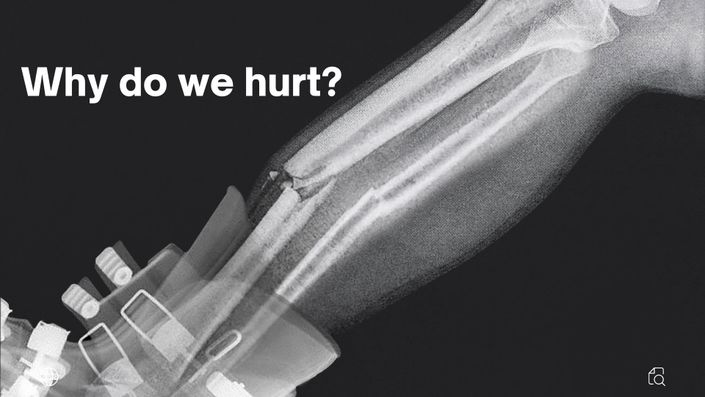Short Course:
In this course, we will explore the influences of exercise and physical activity on musculoskeletal pain. For most of us, we understand that exercise is going to be beneficial and good for a person to try. Here we look at "why" exercise could be beneficial for someone experiencing pain,
This course forms a part of our Pain in Practice, where we look further into "how" to apply what we learn into practice.
In this course we will explore:
- How changes in strength, structure and function might be important, but not always the reason for why symptoms improve.
- Understanding how loading might alter the bodies protective pathway
- Reviewing recent and best practices for approaching persistent pain, including cognitive functional therapy, graded sensorimotor training and pain reprocessing therapy
- Understanding the importance of the therapeutic relationship and social considerations for someones symptoms.
Content Outline:
Influences of exercise on pain
Available in
days
days
after you enroll
- Setting the scene (2:23)
- Structural: strength, load and capacity (10:21)
- Changes in endogenous control (10:18)
- Exercise induced hypoalgesia (4:50)
- Fear and safety when moving (2:26)
- Cognitive Functional Therapy (13:08)
- Graded Sensorimotor Training (RESOLVE Trial) (11:45)
- Addressing psychological factors (2:00)
- Pain Reprocessing Therapy- psychology & pain (5:33)
- Addressing social considerations (4:44)
- The therapeutic relationship (3:53)
- Brining it all together (2:02)
Check out our other pain courses
Check your inbox to confirm your subscription




